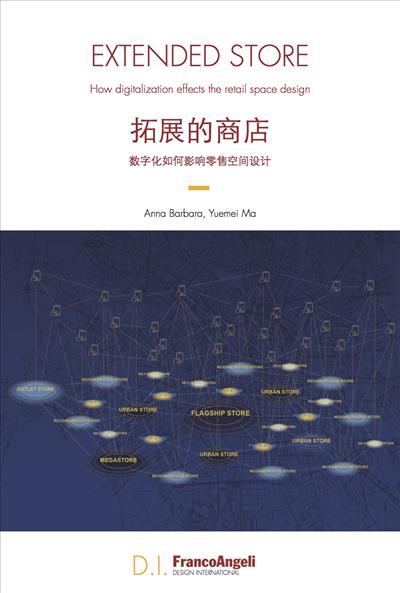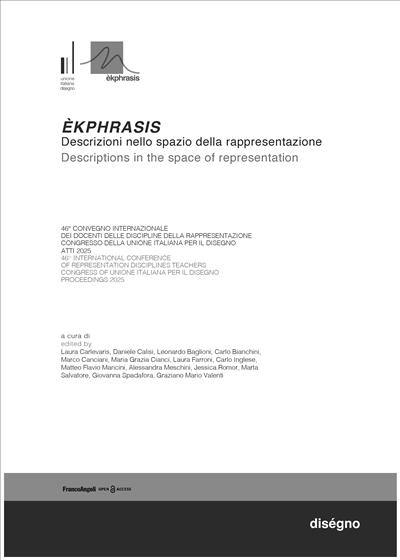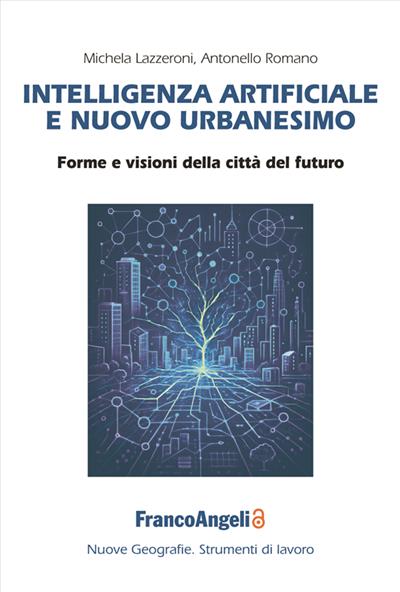
A cura di: Anna Barbara, Yuemei Ma
Extended Store
How digitalization effects the retail space design
Extended store has been a work of mapping the phenomena of digitalization that effects spaces and above all the world of retail. Shops will not disappear in the 21st century, but they will have to change (if they have not already done so) to survive. They will have to evolve by integrating technological solutions that are not only back-end (as they have done so far), but front-end, and therefore available to customers in the shop as in the cases reported in the book.
Pagine: 252
ISBN: 9788835132523
Edizione:1a edizione 2021
Codice editore: 10319.10
Informazioni sugli open access




